The sourdoughs of my life
I would like to introduce you to my alternative family - one that doesn't shout, fight or make mess all the time.
Only a baker can understand another baker when it comes to sourdough. You have a bit of something that is alive, eats, grows, multiplies and helps you get that perfect loaf for an Instagram photo.
It is easy to make sourdough. It's so simple that my daughter made one once. She called it Flower. I've heard various names so far: Claudette, Gustaw, Kuba. I haven't named mines. Maybe one day?
I have grown quite a collection of starters along the way. Here they are.
Wheat wholemeal
This is how it started here, in the UK. In the first weeks in the UK my lovely wife mixed wholemeal flour with water and things started rolling.
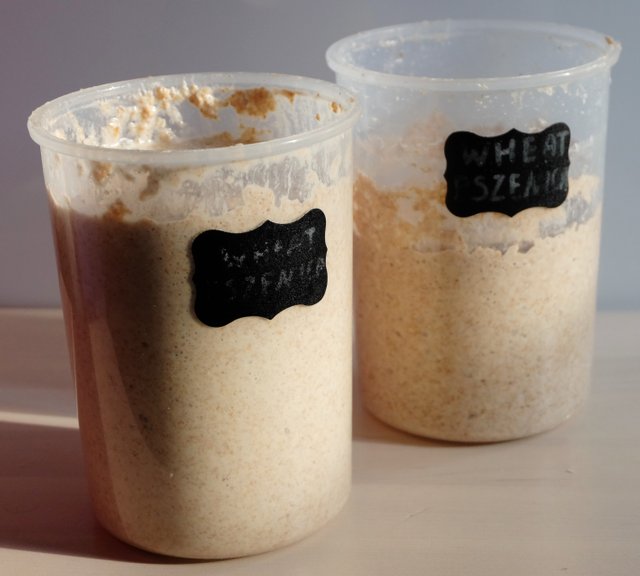
Wholemeal flour has a lot of bran which contains the yeast, lactic and vinegar bacteria - the happy folks. It usually rises nicely, forming many rather small bubbles. If left for too long, some of the liquid comes to the top and turns black - which I understand is the by-product of hungry yeast eating each other, or something. Mix it with the rest and add some flour, and it will disappear.
It has 100% hydration (same weight of water and flour added to feed).
We tried a couple recipes with it, but in reality it stuck with the seedy bread only. Truth be told, it could be any other sourdough, rye would possibly work better but then you know - it's the first one. It's hard to let go.
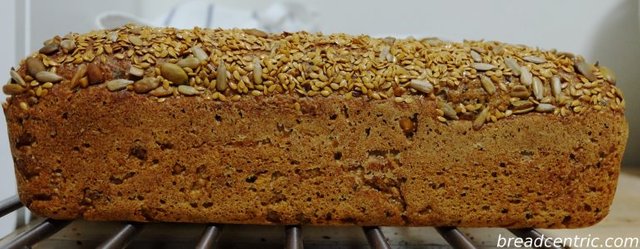
I keep two containers for backup reasons, but taken into account we don't do that many seedy breads any more, I will at some point feed them both and the one that rises better will stay, the other will go.
Rye wholemeal
The second one. I started it right after moving into the current house, almost three years ago. It is very, very, very active. It grows like crazy and never stops amazing me.
Now rye is tad different from wheat. It has more amylase enzyme which transforms starch chains into simple sugars, which in turn get eaten by the happy living folks in the sourdough. The process seems to be much more intense here.
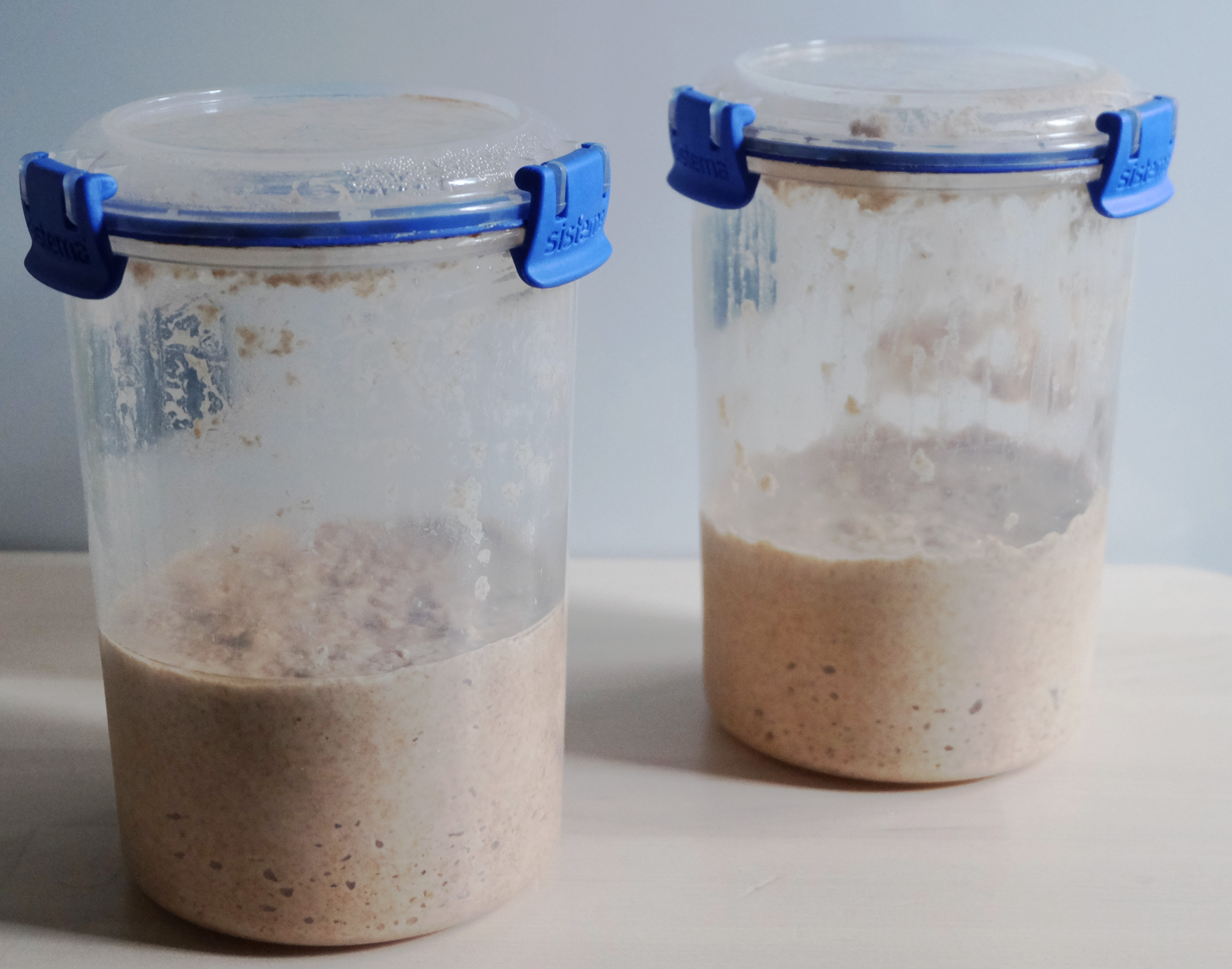
Quite often we use it all up, leaving only some tiny remains on the walls of the container. No more than 10 grams. I then add 150-200 g water, same weight of flour, and am extremely lucky if it doesn't shoot out of the container onto the wall or something, as it can increase the volume 4-5 times even. It usually has very large bubbles inside. It has 100% hydration.
We use it for the rye bread, wheat-rye, all the leavened sourdoughs from bannetton (unless I use the wheat strong white flour starter).
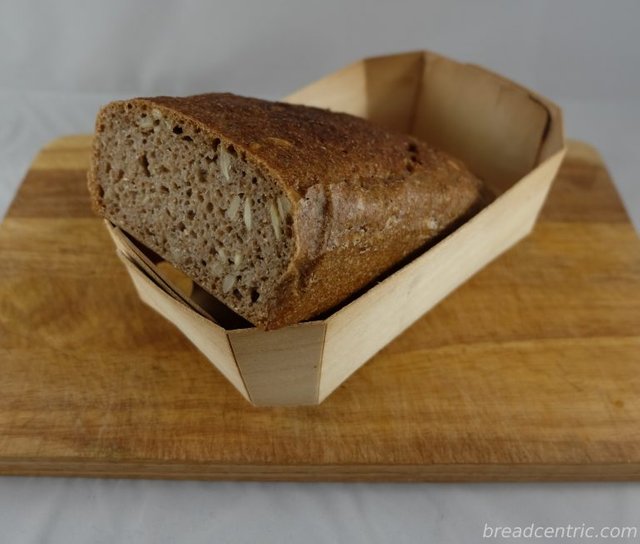
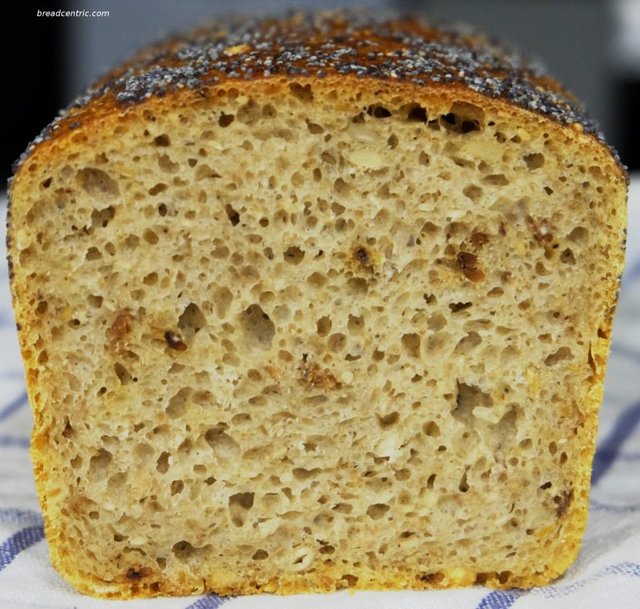
I keep it in two containers and sometimes it is not enough. I do not plan to change that.
Brown rice
This was a challenge I decided to take - bake a gluten free loaf. I simply mixed flour and water together and followed the same process as for all the other starters made from scratch - feed, mix, leave, repeat.
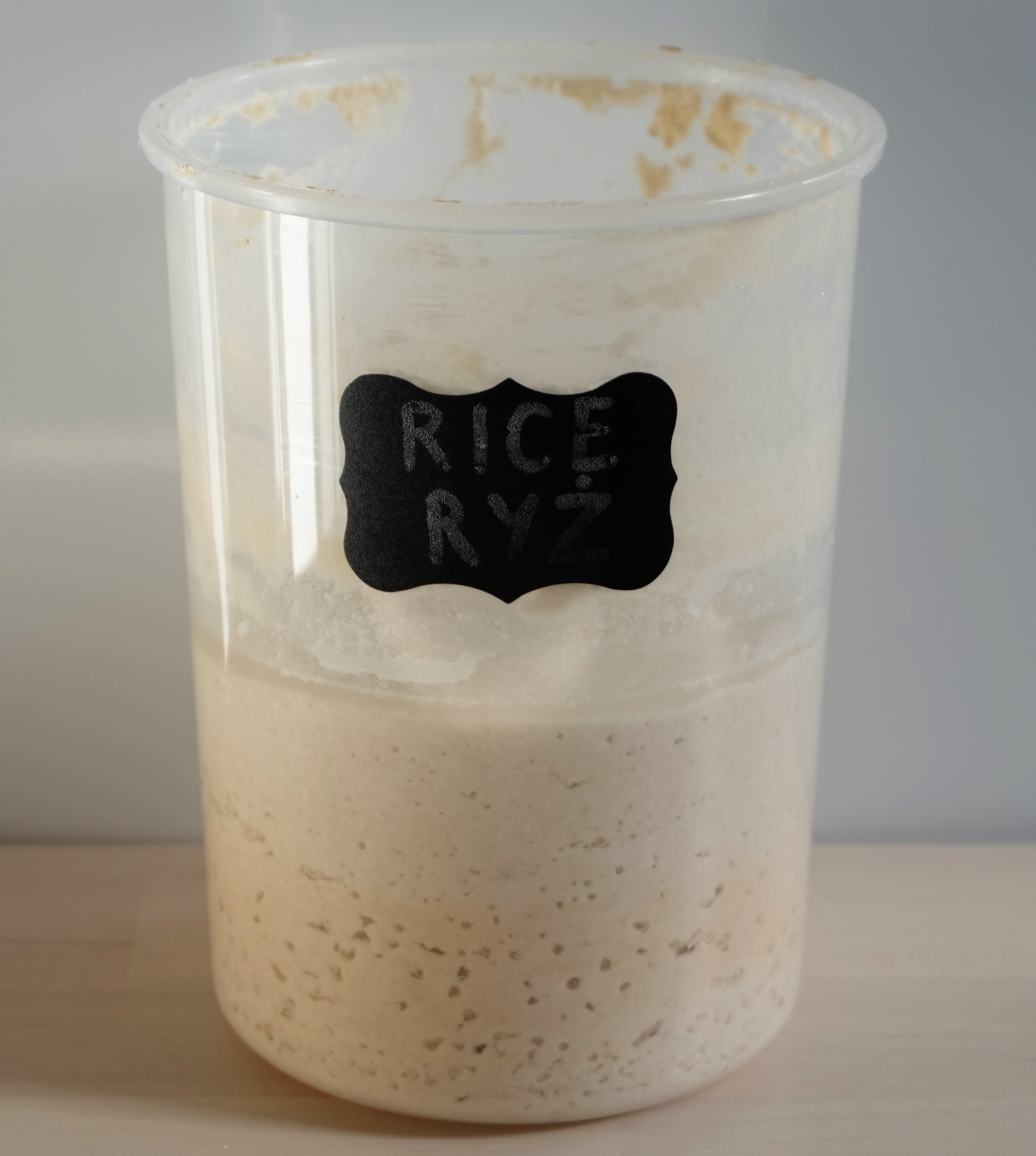
I was actually surprised that it worked so easily. I've seen all the witchcraft performed on gluten free flours to start the sourdough: adding a cabbage leaves, using the brine from fermented cucumbers. And yet mine just worked.
I initially tried with buckwheat, but it turned pink after two days (as I read later, it should have done so, but I didn't know) and I gave up.
It has a different behaviour to the previous ones: it's like a very fine sand with water. It doesn't soak up water, it settles on the bottom and if there is more water, it comes to the top. If there is more water, it's difficult to detect the activity as the bubbles escape easily. It usually has 100% hydration, although if it turns too watery, I tend to only add flour to it.
I use it to bake the standard gluten free sourdough.
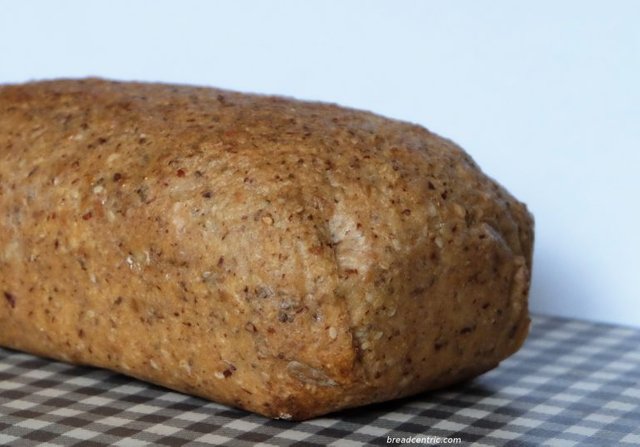
I plan no changes to it, but I need to get more flour to feed it. I haven't baked much gluten free stuff recently, but I plan to meet my wonderful friend who I started doing this for and I will try to make something in March.
Wheat strong white
This one stays in a form that is usually used for a sourdough starter: 125% hydration. It can be used as is for making waffles or crumpets, not only bread.
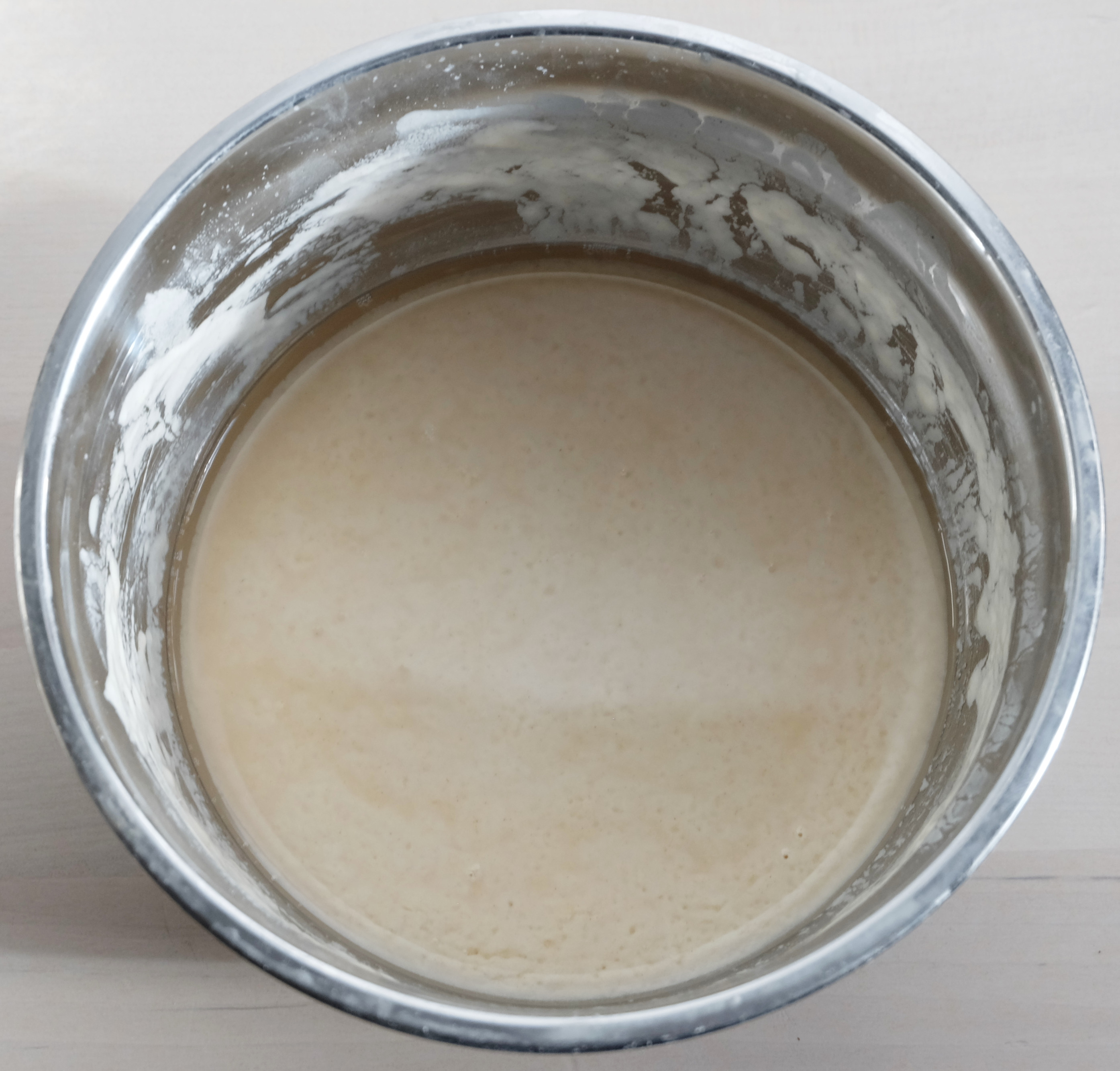
I started it using the rye sourdough (it's kind of easier this way and also people liking wheat usually don't mind rye, people preferring rye sometimes don't like wheat).
I think the wheat sourdough bread from P. Kucharski is the recipe I liked most with this starter.
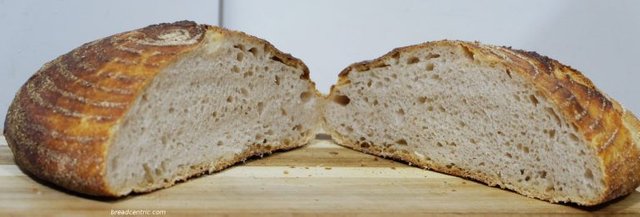
After taking the photos, I have used the sourdough for waffles, fed the rest and transferred into a small jar. It is now in the fridge until I decide to reactivate it for regular use.
Yeast water
Well, yeast water. I've written a lot about it. I keep this bottle of brown water with raisins. The yeast from the fruit eat the sugar from their insides, then spread out in the water which can be used for baking.
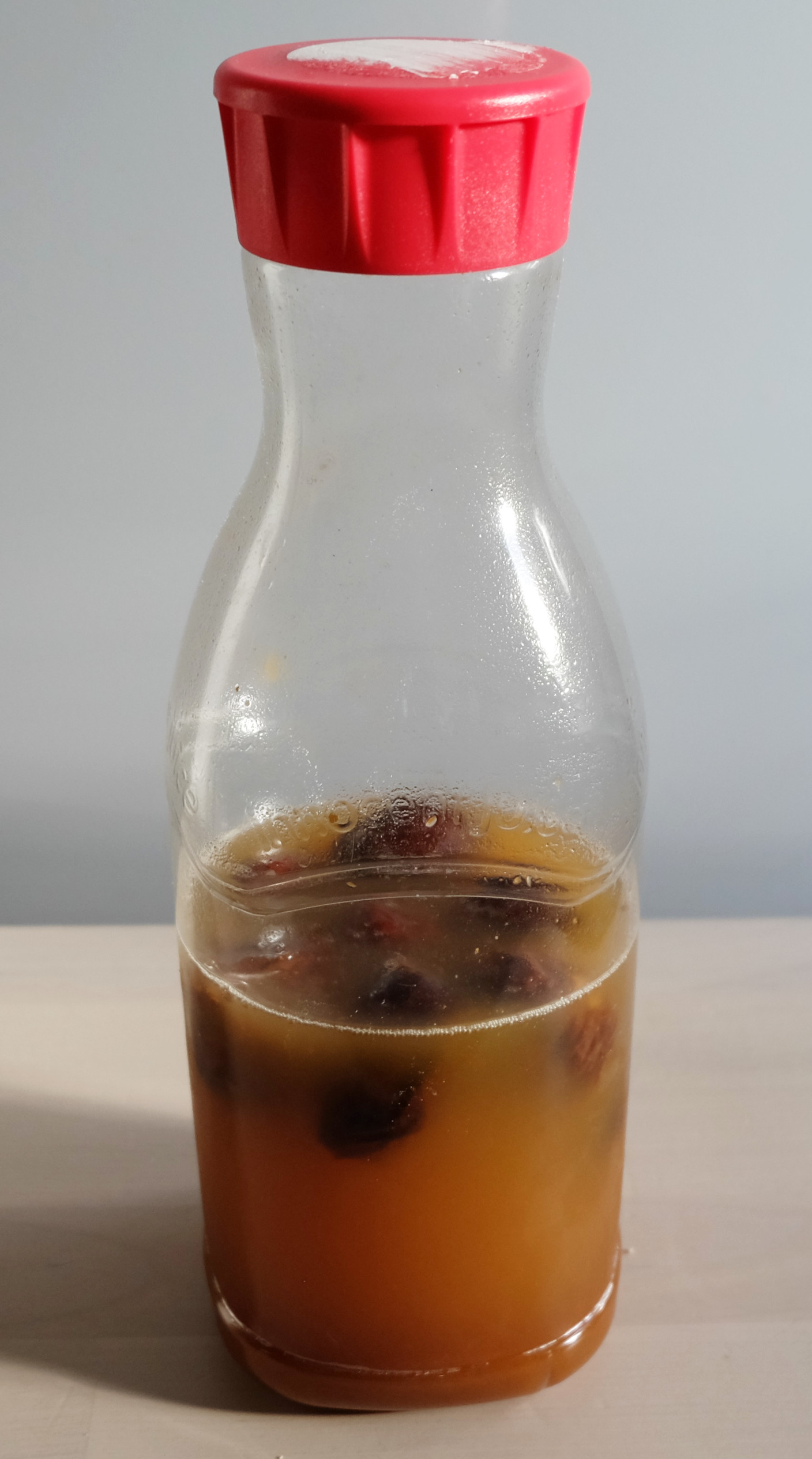
I recently took it out from the fridge and used it to make crumpets. I will write more about it later.
I think my first yeast water bread is the one I liked the most. You will also find the links to my adventures when preparing it.
The next project I plan to use it for is a passion-fruit crown bread. I have no idea if it's going to work, but there's only one way to find out.
Summary
There is so much I don't know about sourdough. It gives me so much joy, but then it can remind me that I need to be humble as well. It's like a perfect friend - not talking too much, not judging, but teaching me a lot.
Do you have your own sourdough? What's its name? What's your favourite recipe?
Thank you for visiting and supporting my work. Follow me for the updates on bread and others.